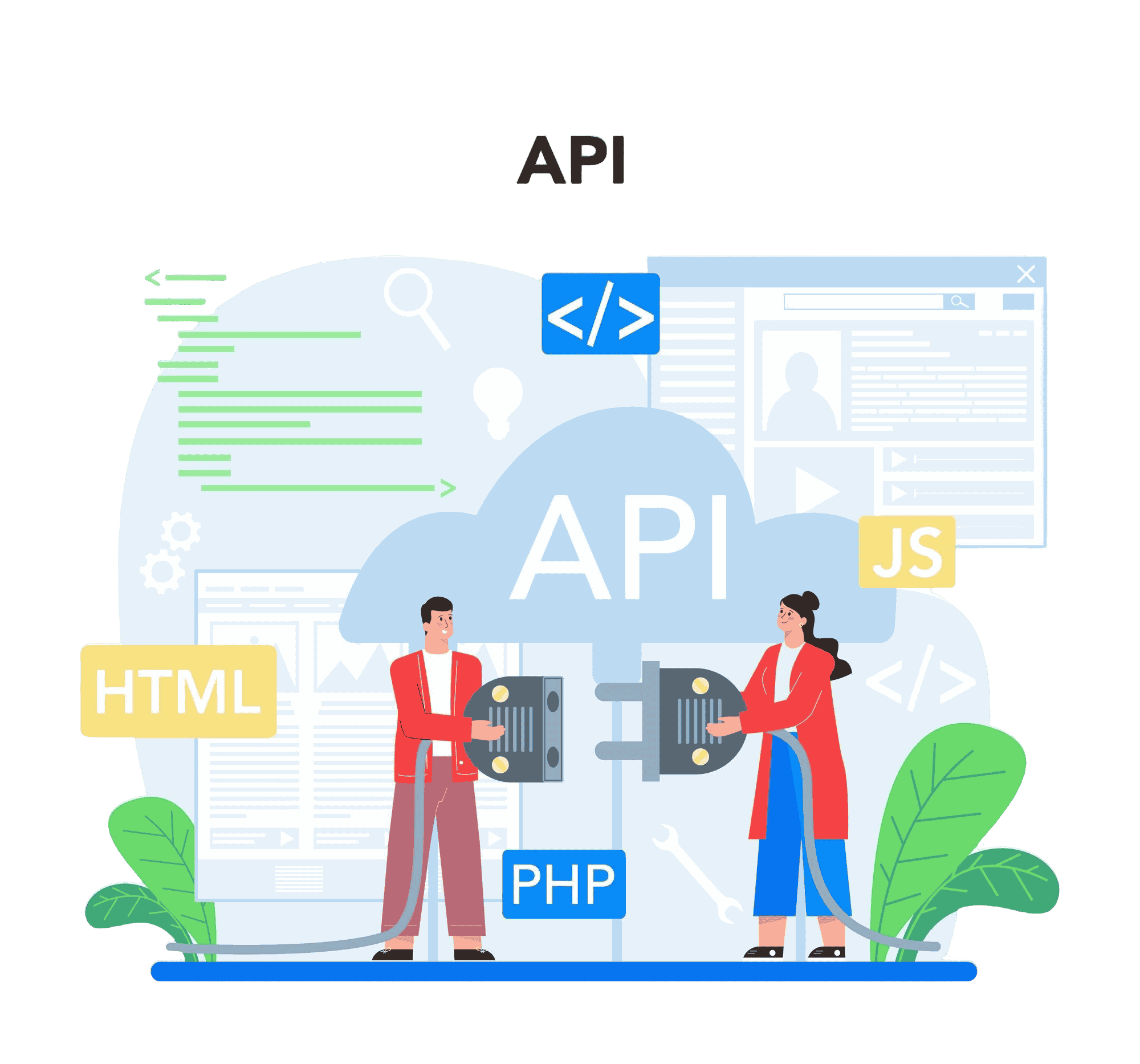.png)
The Rise of Advanced Computing
As the digital landscape continues to evolve, edge computing is emerging as an essential technology, rapidly gaining traction in industries ranging from manufacturing to telecommunications. While cloud computing has long been the dominant force in data processing and storage, edge computing offers a more decentralized approach, bringing computing closer to the data source. As an emerging trend, it has less competition than edge computing, making it a strategic space for companies who seek to innovate and optimize their operations.
Understand Edge Computing
At its core, edge computing refers to the practice of processing data near the edge of the network, or closer to where the data is generated. Instead of sending all the data to a centralized cloud server, edge computing allows data to be processed locally, often in edge devices such as sensors, gateways, and even smartphones. This decentralized nature is a game changer, offering many advantages over traditional cloud-based systems, including speed, latency and data management.
In distributed computing environments, edge computing ensures that critical tasks are performed closer to the data source, reducing the time required to send and receive information from the cloud. This configuration is essential for applications that require real-time processing, such as autonomous vehicles, healthcare systems and production lines.
The Role of the Internet of Things (IoT)
One of the main drivers of the growth of edge computing is the increasing prevalence of the Internet of Things (IoT). IoT devices are creating an avalanche of data, with sensors and connected devices collecting vast amounts of information that must be processed in real time. Traditional cloud-based systems can struggle to handle the volume and processing speed of this data, especially in latency-sensitive applications such as smart cities, automated factories and connected homes.
By deploying edge computing alongside IoT devices, businesses can process critical data closer to its source. This reduces latency, improves response time and increases the performance of IoT systems. Whether analyzing data from a connected machine or managing operations in a smart building, edge computing ensures that essential tasks are carried out efficiently.
Benefits of Edge Computing
Reduced latency: One of the main advantages of edge computing is its ability to reduce latency. In applications such as autonomous vehicles or real-time video analysis, even a few milliseconds of delay can be critical. By processing data locally, state-of-the-art computers eliminate the need for data to travel long distances to a central cloud, significantly improving response times.
Bandwidth optimization: As the number of connected devices increases, streaming all the data to the cloud can create bandwidth bottlenecks. Edge computing allows only the most critical data to be sent to the cloud for long-term storage, while non-essential information is processed locally. This results in network optimization and more efficient use of resources.
Data sovereignty: For companies operating in regulated industries, it is essential to ensure compliance with local laws regarding privacy and data sovereignty. Data sovereignty refers to the idea that data is subject to the laws of the country in which it is collected. With edge computing, data can be processed and stored locally, ensuring that businesses remain compliant with regional regulations.
Improved security: By reducing the amount of data sent to a centralized cloud, edge computing minimizes potential attack vectors. Sensitive data can be handled locally on endpoint computers, providing additional levels of security. In addition, edge computing can prevent unauthorized access by securing data at the source.
Real-time decision making: In industries like manufacturing, healthcare and retail, the ability to make instant decisions based on data insights is essential. Edge computing supports real-time decision making that enables faster processing of data close to where it is generated. This ability allows companies to act quickly, whether fixing machines in a factory or offering personalized experiences to customers.
Integration of the Latest Artificial Intelligence
Another exciting development is the integration of artificial intelligence (AI) into state-of-the-art computer systems, known as edge artificial intelligence. With Edge AI, AI algorithms run on top computers, allowing devices to process data and make smart decisions in real time without relying on the cloud. This opens up a wide range of possibilities, from smart cameras that can detect anomalies to autonomous drones that navigate with on-device AI.
Edge AI enables businesses to harness the power of AI while maintaining the low latency and high efficiency that edge computing offers. It is particularly useful in scenarios where sending data to the cloud for AI processing would introduce unacceptable delays or consume too much bandwidth.
The Future of Edge Computing
As distributed computing becomes more widespread, we can expect to see edge computing become more important. With the advancement of 5G networks and the growing sophistication of IoT devices, the demand for faster, more reliable and more decentralized data processing will only grow. In fact, many experts believe that edge computing will become a key component of future technologies such as autonomous vehicles, augmented reality (AR) and advanced robotics.
Overcoming Challenges
Despite its potential, edge computing is not without its challenges. One of the biggest obstacles is the management of a large set of peripherals located in different environments. Ensuring that these devices are properly secured, updated and maintained can be a complex task. Additionally, the decentralized nature of edge computing can make it more difficult to ensure consistent performance across devices.
There are also concerns about interoperability between different systems and platforms. As more businesses adopt advanced computing, standardizing communication protocols and ensuring seamless integration with existing infrastructure will be crucial.
Conclusion
Edge computing is revolutionizing the way companies manage and process data. Enabling distributed computing and enabling IoT devices to operate with lower latency, better network optimization and enhanced data sovereignty, this technology is poised to transform industries around the world. With the rise of Edge AI, the future looks even brighter as devices become smarter and more autonomous.
For businesses looking to stay ahead of the curve, it's time to discover how edge computing can improve operations, optimize networks and provide real-time insights.

